Words Br. Béla Lányi, SVD
Images Jon Medalla (WAF Charette)


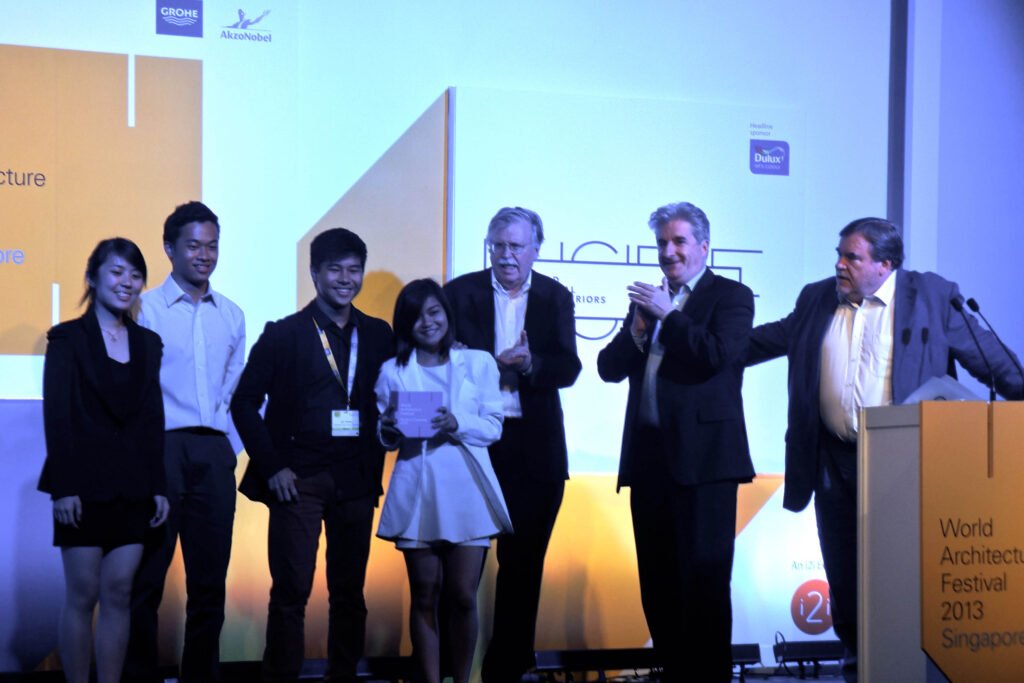

With the revival of the World Architecture Festival (WAF) Student Charrette this 2023, the question arises of how best to prepare our students for the competition. We can learn valuable lessons from the experience of the University of San Carlos (USC) Cebu City.
Almost 50 entries from around the world joined the WAF 2013 Student Charette in Singapore. Seven teams were shortlisted to compete at the live design charette: Bulgaria, India, Italy, the Philippines, Russia, Singapore, and Vietnam. Team Philippines as represented by USC comprised of Keshia Stephanie Lim, Miguel Jorge Rocha, Jon Adriel Go Medalla, and Kathleen Canlas, under the mentorship of architects Buck Sia (Zubu Design Associates) and Alexius Medalla (Arkinamix). As a USC faculty member, I accompanied them to the festival and was thrilled to witness our team compete and bag the Grand Prize. Our students were the first Asian team to win the WAF. Previous winners had been from prestigious schools in Europe and the US, such as Harvard and MIT.
Ten years later, I had the pleasure of speaking with father and son, Alex and Jon Medalla, who generously shared their memories and insights. I have condensed these insights in the form of digestible steps for the benefit of readers.
But first, let’s go over the mechanics.





WAF Student Design Charette
Teams of up to eight students plus one or two mentors submit proposals related to a given theme, context, and purpose. For example, the theme for 2023 is “Catalyst” and there are nine contexts/purposes to choose from, such as sports centers and the promotion of health; schools and the enabling of potential; hospices or refuges for the provision of comfort; galleries, concert halls, or museums and the inspiration of culture. Teams have the freedom to pick their building type, site, and area.
The submission consists of a project description and visuals illustrating how the team approached and solved the project’s key challenges. A selection jury reviews the submissions and chooses six to eight teams to present their project at the WAF. On Day 1 of the festival, the organizers give the teams a final briefing that includes a new element to incorporate into their proposals. The teams spend Days 1 and 2 adjusting their proposal accordingly and on Day 3, present their final proposal before an international jury.
Like their professional counterparts’ crit sessions, the students have ten minutes to present their project and ten minutes to answer the jury’s questions. (Back in 2013, students had 15 minutes to present and 15 for Q and A.) Winners are announced at the gala dinner on Day 3, along with the WAF’s Building of the Year and other major prize winners.
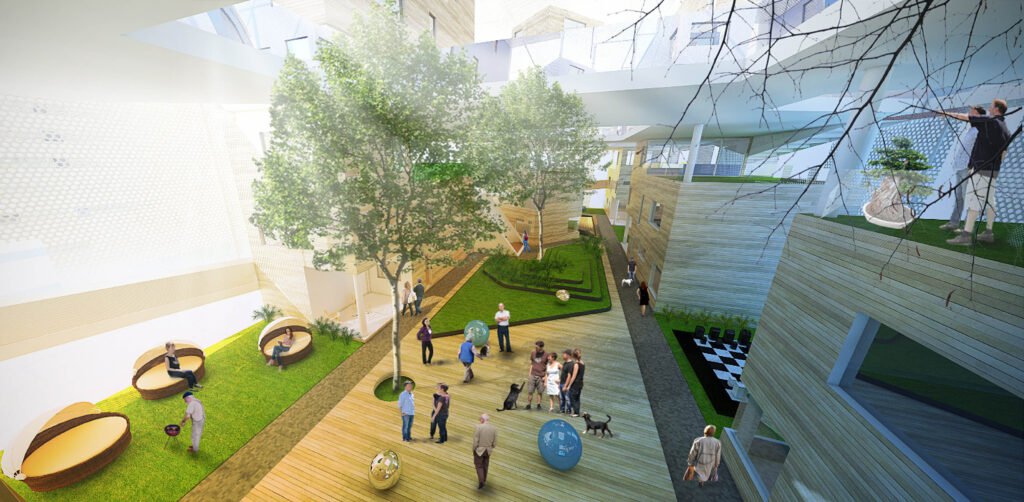
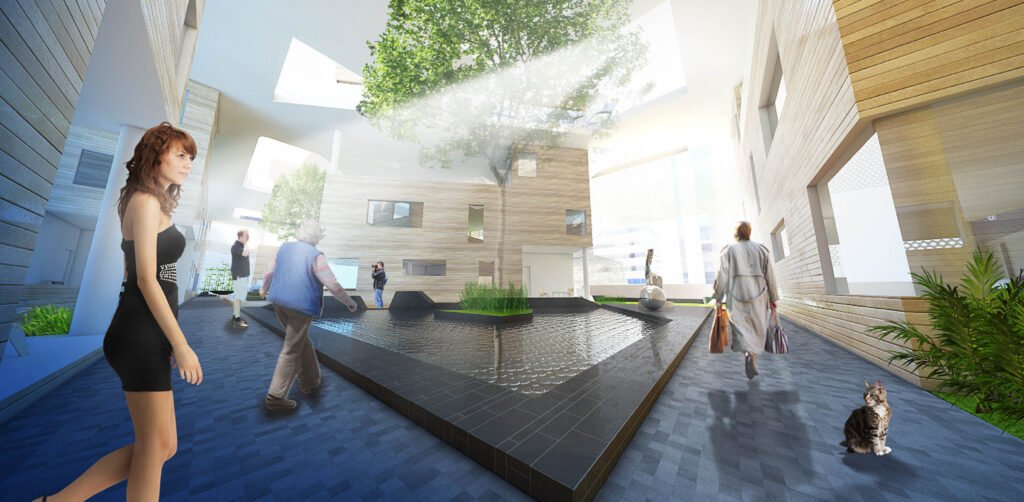
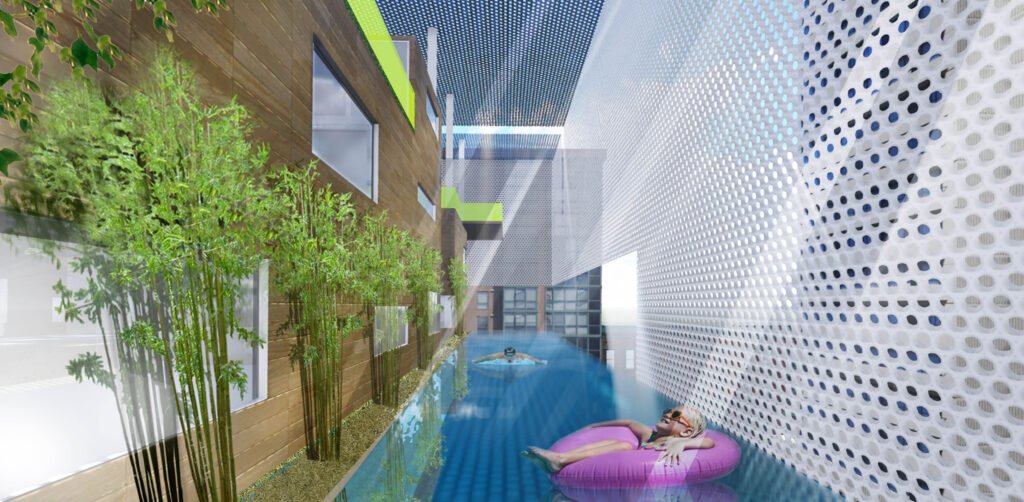
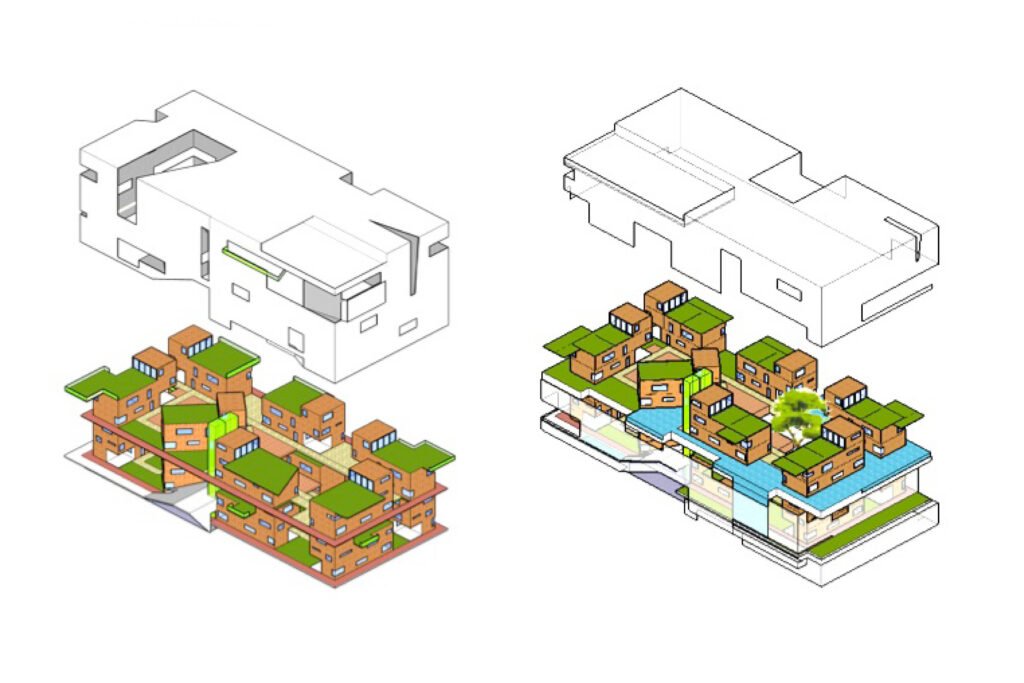

Step 1: Understand the challenge.
The competition posed the question: “How can architecture respond to our changing modern society, where people live longer, and traditional family structures are changing?” Jon’s team responded by re-inventing the medium-density housing typology to accommodate changing social demographics.
Step 2: Consider the local context.
Jon and his teammates investigated the Filipino lifestyle, where it’s common to see three generations living under one roof and the preference for a village-like setup that fosters community interaction. This insight drove their proposal.
Jon explains: “We observed that the local condo typology caters to small single families, making condos and similar dense residential developments unappealing to the traditional Filipino family, where it is very common to see three generations living under one roof. In general, Filipinos are more comfortable in a village-like setup that fosters community social interaction, rather than the typical condominium typology.”
“We then asked ourselves, how can these values survive given the current state of urban development? Is there a compromise that preserves the atmosphere of a village in a dense urban development? Our solution—the Village in a Box—was a reinvention of the medium-density housing typology that takes the form of a village-like residential block stacked on top of another block enveloped by a box made of a perforated metal screen. This permeable box not only protects the development from the sun and urban noise but defines a micro-social and environmental climate that facilitates the user’s connection with the community and the outdoors.”
Step 3: Draw inspiration from the spirit of the age.
“You must read about architecture!” exclaims Alex when asked about the factors that had led the WAF team to success.
Jon begins to explain, “From a theoretical standpoint, the approach we used in the competition was inspired by the movement some call ‘pragmatic expressionism’, pioneered by Rem Koolhaas of OMA and popularized by his protégés notably Joshua Prince Ramus, Ole Scheeren, and most notably Bjarke Ingels. I’ll never forget the first time I read Bjarke’s book ‘Yes is More’.”
Alex chimes in: “In 2009, I attended the Shanghai Expo together with Ar. Buck Sia. At the Danish pavilion, I noticed and bought the book ‘Yes is More’ by Bjarke Ingels, who was at that time only an emerging star. Then I went home to Cebu, and I gave that book to my son,” he recalls.
Jon’s eyes express a tinge of nostalgia as he recalls this moment, “That book started my fascination with architecture. It changed my life. I was a pre-med student at the time, and I was so inspired that I shifted courses the next semester.”
“I couldn’t fully articulate why the design approach used by Bjarke was so appealing, but I just knew it made so much sense! It left such an impact on me that I sought to emulate it in most of my design exercises in school, including in the design of the ‘Village in a Box’ – our design entry for WAF. Over the years, I have tested and iterated upon this theory to develop my own design approach, which I employ in my studio Prototecture.”

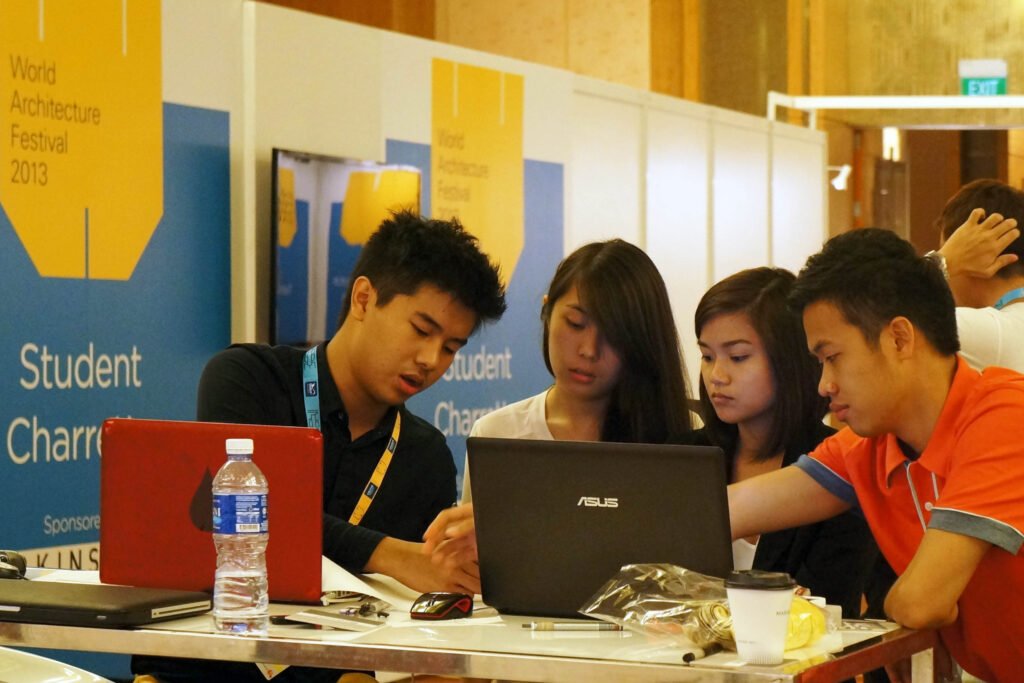
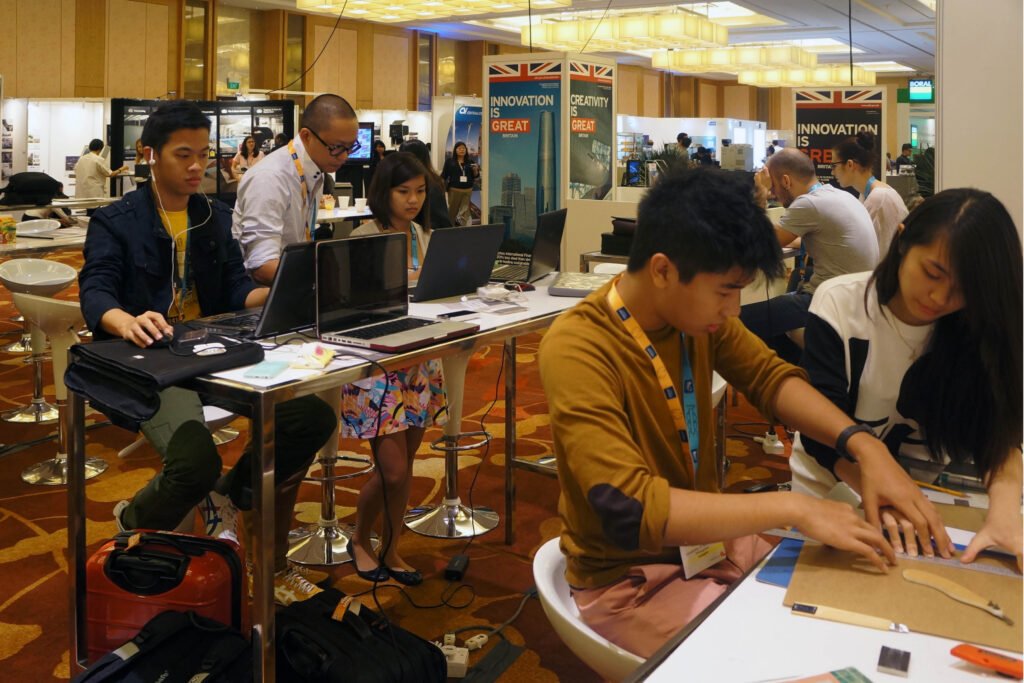
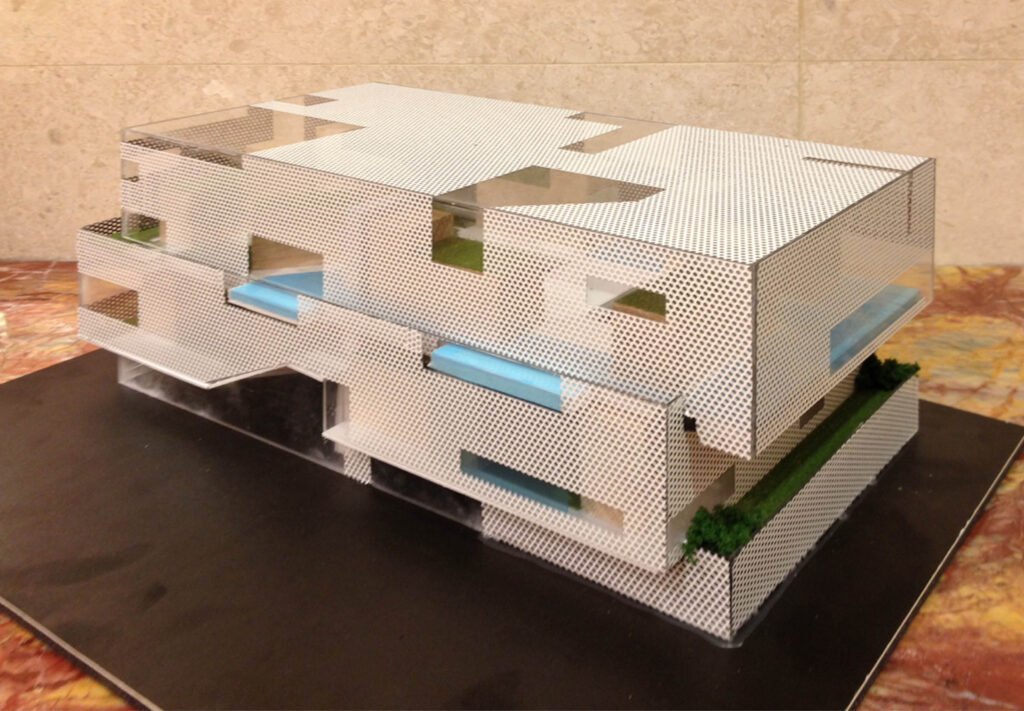

Step 4: Express Your Idea Effectively
The final stage of the competition was a live design charette held at the venue in Singapore. This intensive and timed session demands a quick design response. Teams should be prepared to work under pressure, keeping communication clear and fluid within the team.
Jon and Alex both stressed the importance of visually compelling presentations. The USC team went the extra mile to create easy-to-understand diagrams, presentation drawings, and even a scale model of their proposal. The modules of this model were prefabricated back in Cebu so that in Singapore, they could be adjusted to respond to additional design requirements to be given at the charette.
This attention to detail and focus on communication was crucial in making their design stand out. “Everything is marketing,” Alex adds. “You might have a brilliant idea, but the judges have to understand what you are doing. They have to grasp and embrace.”
And embraced it they did! The judges (Michael Heenan of Allen Jack+Cottier, Australia, Murray Fraser of Bartlett School of Architecture/UK), Ralph Johnson of Perkins+Will, USA, and Mille Sylvest of GXN, Denmark) gave the presentation rave reviews. One of the jury soundbites went: “You challenged the existing typology and created a new one.”
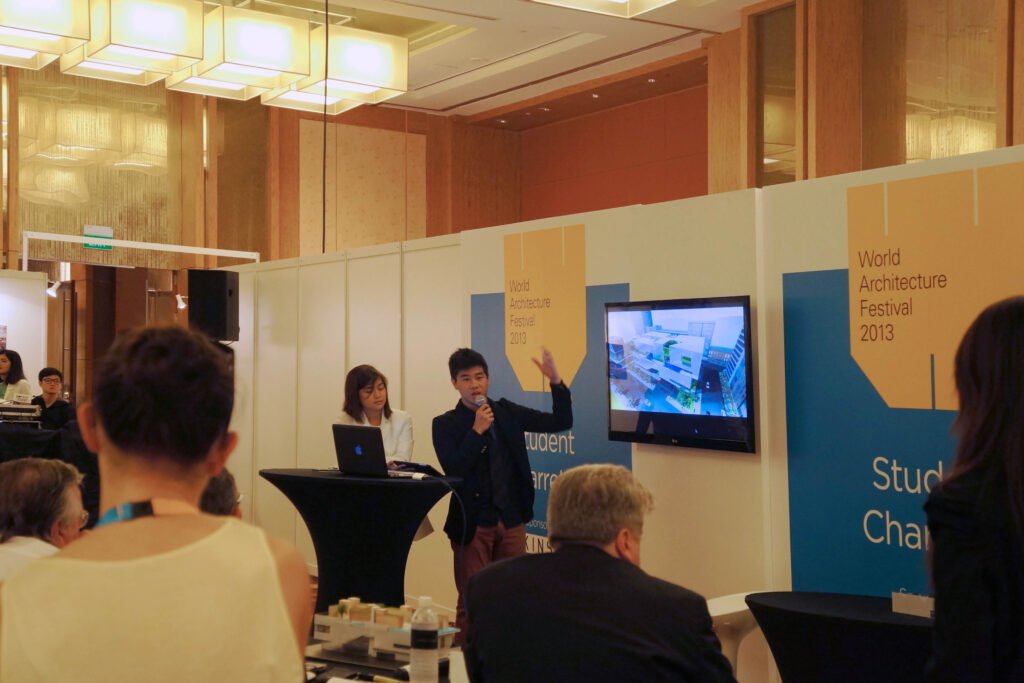
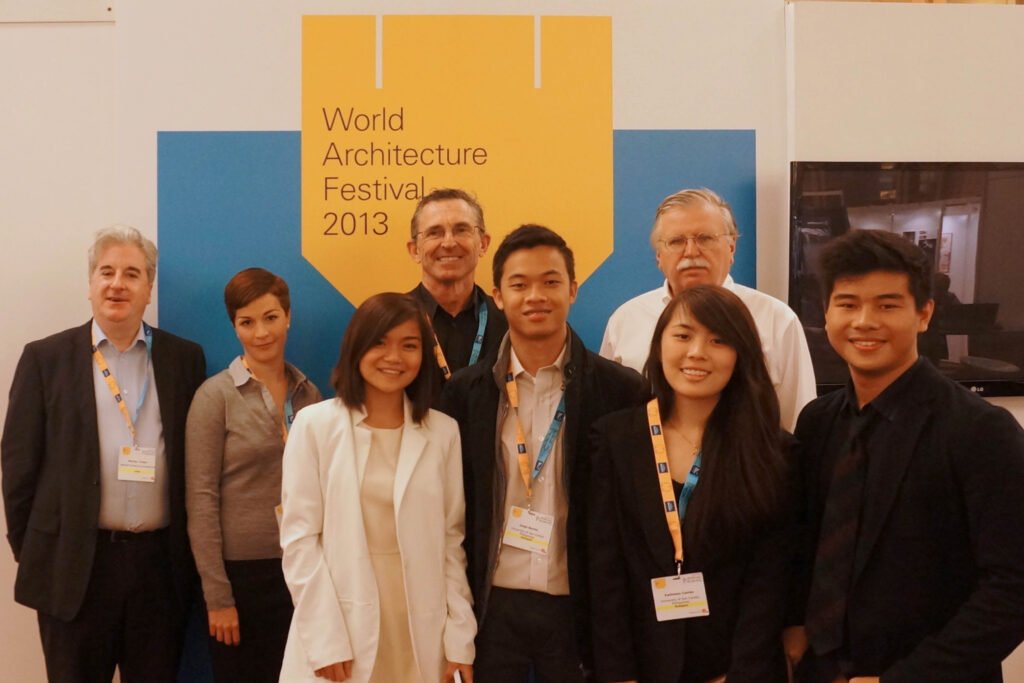
It’s Your Turn!
USC’s win at the WAF Student Charrette holds valuable lessons for aspiring competitors. It was a remarkable win for the Philippines, and one that predated our next win at the global competition through Leandro V. Locsin Partners’ Small Project of the Year winner, Streetlight Tagpuro by four years!
So, what strategies can future contestants adopt?
Understanding and applying current trends is vital, as demonstrated by the team’s openness to new approaches and the jury’s embrace of out-of-the-box thinking. Exposure to exhibitions and catching up on one’s reading (as we can see from Jon’s experience) to stay abreast of contemporary movements helps. However, Alex cautions that a discerning eye is necessary to pick out the relevant trends, further complicated by the glut of information that characterizes the digital age we now live in.
While it’s crucial to put in time and effort to keep up with emerging trends, it is more important to see how such trends and movements relate to your present context and your practice of the craft, and whether such approaches can yield efficient solutions to age-old problems. It will not help your case to simply skin your solution with the prevailing -isms of this day and age.
Lastly, remember to stay true to yourself as a designer. Embrace your identity, and let it guide your spatial direction. Ask yourself, what are your priorities? What informs your approach? What issues or themes do you want your work to address? Expand your horizons, challenge your boundaries, stay in tune with the world, but above all, be yourself! •
Submit your student charette competition proposal to the WAF by August 11, 2023. For instructions, click here.
Download a copy of our e-program for Kanto’s hybrid seminar with the United Architects of the Philippines,
“Becoming Globally-Competitive Filipino Architects” below:



2 Responses